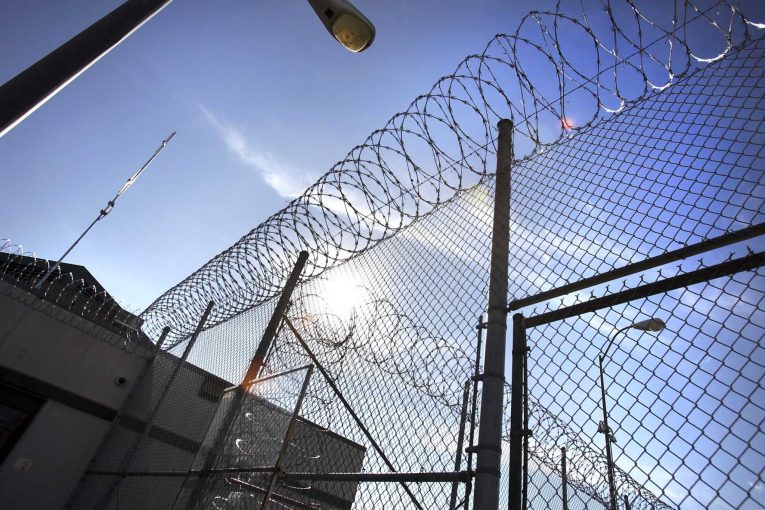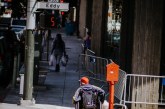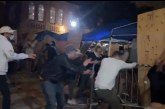
By Jaskiran Soomal and Mengyu Yang
This report is written by the Covid In-Custody Project — an independent journalism project that partners with the Davis Vanguard to bring reporting on the pandemic in California’s county jails and Department of Corrections and Rehabilitation (CDCR) to the public eye. Refer to our website to view and download the raw data.
This account is part 7 of the Covid In-Custody Project’s series on COVID-19 stories from CDCR. Click here for part 6 and here for part 5.
Mark* and Lewis* are currently incarcerated at High Desert State Prison (HDSP) and Substance Abuse and Treatment Facility (SATF) respectively.
Both facilities are among those with the highest number of confirmed COVID-19 cases across CDCR. SATF and HDSP have an alarming 2,978 and 1,905 confirmed cases respectively, and eight deaths in total.
Between early-November and late-December, a major outbreak was underway at HDSP with hundreds of new cases, within a population of 3300 people, being reported every 2-3 days. It peaked on Dec. 14, when the total active cases in custody crossed 700.
Similarly, between late-October to late-December, an outbreak was ongoing at SATF. It peaked on Nov. 30, with over 1000 active cases in a population of 4400 people, i.e. approximately one-fourth of the prison was COVID-19 positive. Active cases have been declining since Dec. 25, after staying in the 800-1000 range for weeks.
Mark and Lewis both tested positive for COVID-19 during these outbreaks.
In July, Gov. Newsom signed into effect three emergency release programs for population reduction, to mitigate the spread of COVID-19. Over 6,200 individuals were granted early-release by virtue of their sentence length (180-days or 360-days remaining) or medical conditions.
6,599 people were eligible for early release consideration based on their medical conditions alone. However, CDCR only considered 1,335 of them for early-release and granted releases to 45 people.
Mark’s wife stated that he has, “…filed several appeals within the prison and wrote to Gov. Newsom, the Office of the Ombudsman, CDCR’s Secretary in order to be granted an expedited release.”
“[Mark]…was denied release because he was not considered part of the ‘vulnerable’ group of the inmate population,” she added.
He was tested for COVID-19 and received the results a week later. Pending his results, he was housed in a cell with another individual. After receiving a positive result on Dec. 8, he was moved to a quarantine unit within the facility.
His wife stated, “[Mark]…was removed from the cell and placed in an isolated cell. His cellmate remained in the same cell.”
His cellmate was neither tested nor told to isolate after being exposed to the virus. This pattern of negligence has been reported by others at HDSP and other CDCR facilities.
Although CDCR have been advised to reduce their populations to mitigate the spread of COVID-19, Mark’s wife believes they are failing to do so. Evidently, infections are on the rise especially in HDSP and SATF, leaving those inside vulnerable to catching the virus.
* Name changed to protect identity




